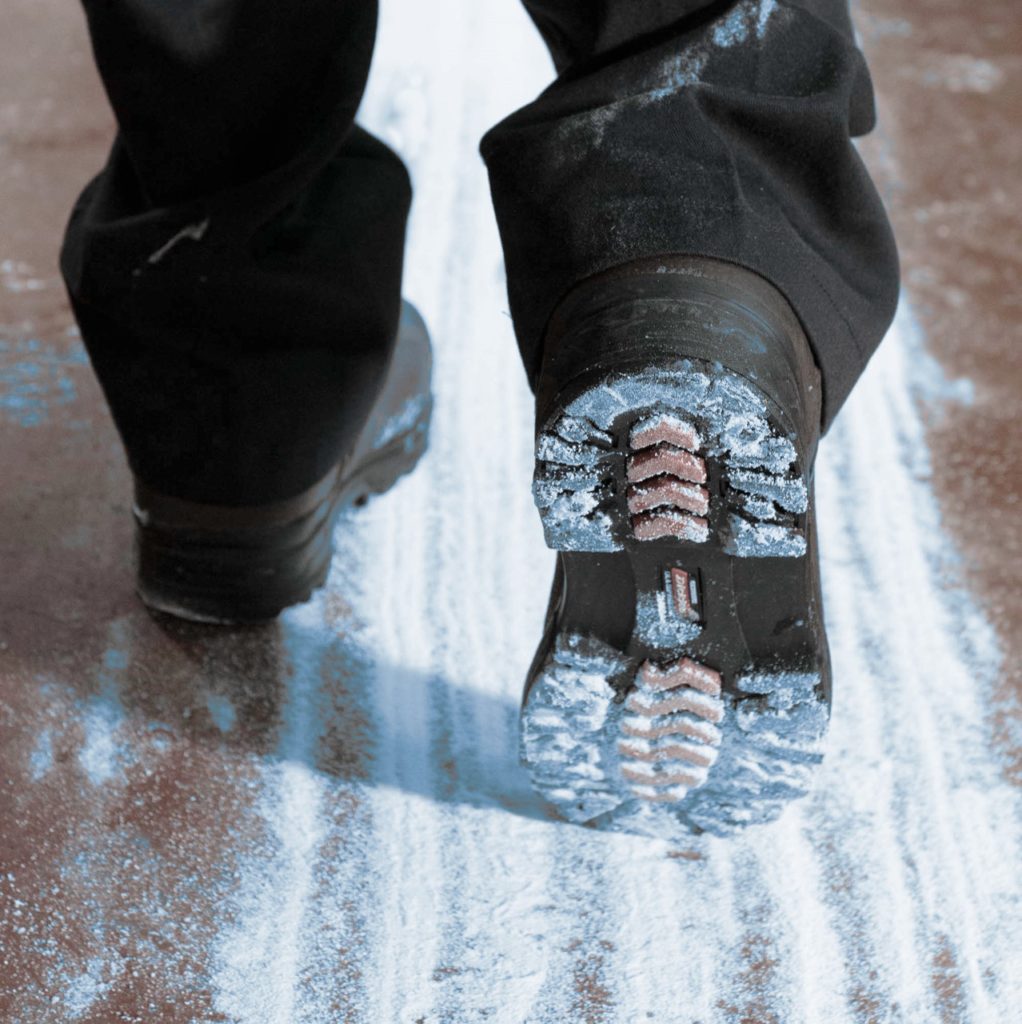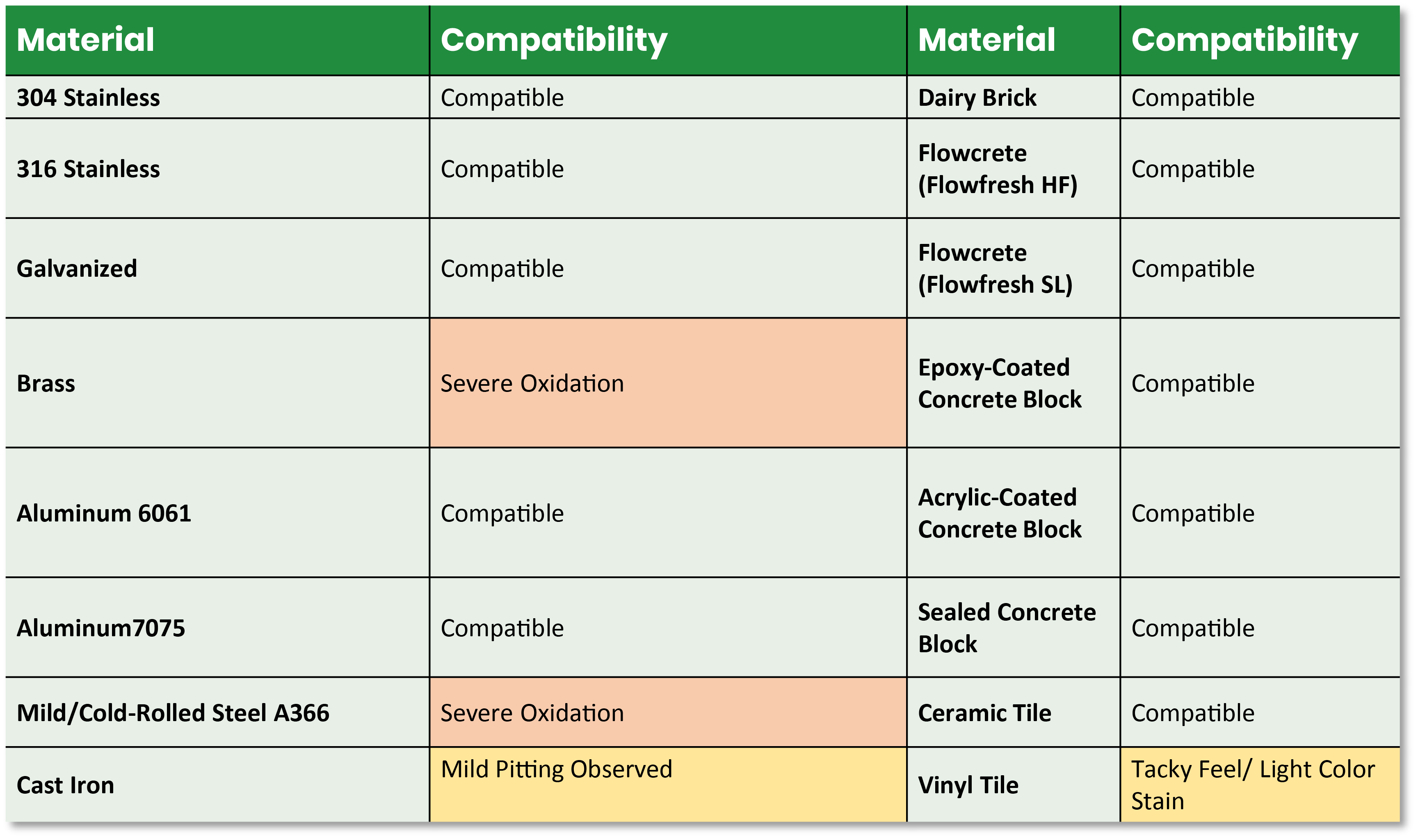Reduce Cross-Contamination in Washrooms, Outdoor Caging Areas and More.
ViveStep is designed specifically to kill and remove biofilm. The reason for this is that biofilm plays an important role in the pathogenisis of disease. Not only that, but the National Institutes of Health (NIH) reports that 65% of all bacterial infections are associated with biofilm formation, and close proximity of the bacteria allows for horizontal gene transfer to spread resistance as well.
For years, many research facilities have relied on liquid bleach filled footbaths to prevent cross-contamination and to help keep pathogenic bacteria at bay.
However liquid bleach has three primary issues:
- It breaks down outsoles of footwear.
- Its efficacy can’t be easily verified.
- It can be a slipping hazard.
That’s why Quip Labs and Sterilex have joined forces to create ViveStep. Based on proprietary PerQuat® chemistry,ViveStep is applied dry and designed to sanitize floors and boots—and reduce cross contamination—in animal research facilities including those housing cows, swine, primates and rabbits.
Unlike bleach and other liquid footbath sanitizers, ViveStep has excellent material compatibility as an entryway disinfectant and won’t break down footwear. It also doesn’t increase the risk of slipping injuries. ViveStep is odorless and provides lasting protection with easily verifiable active ingredients that remain stable for up to 8 weeks with proper management.



